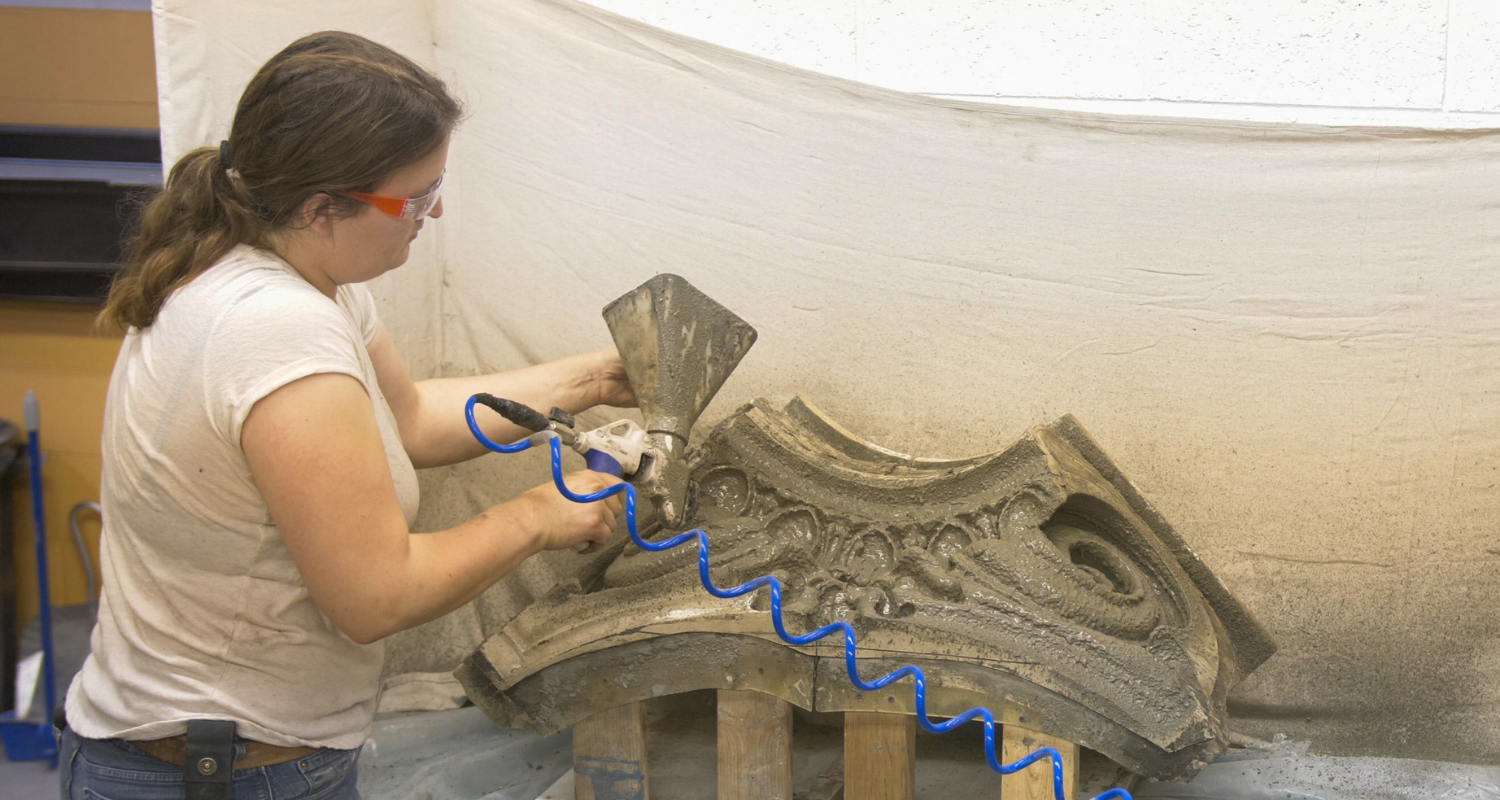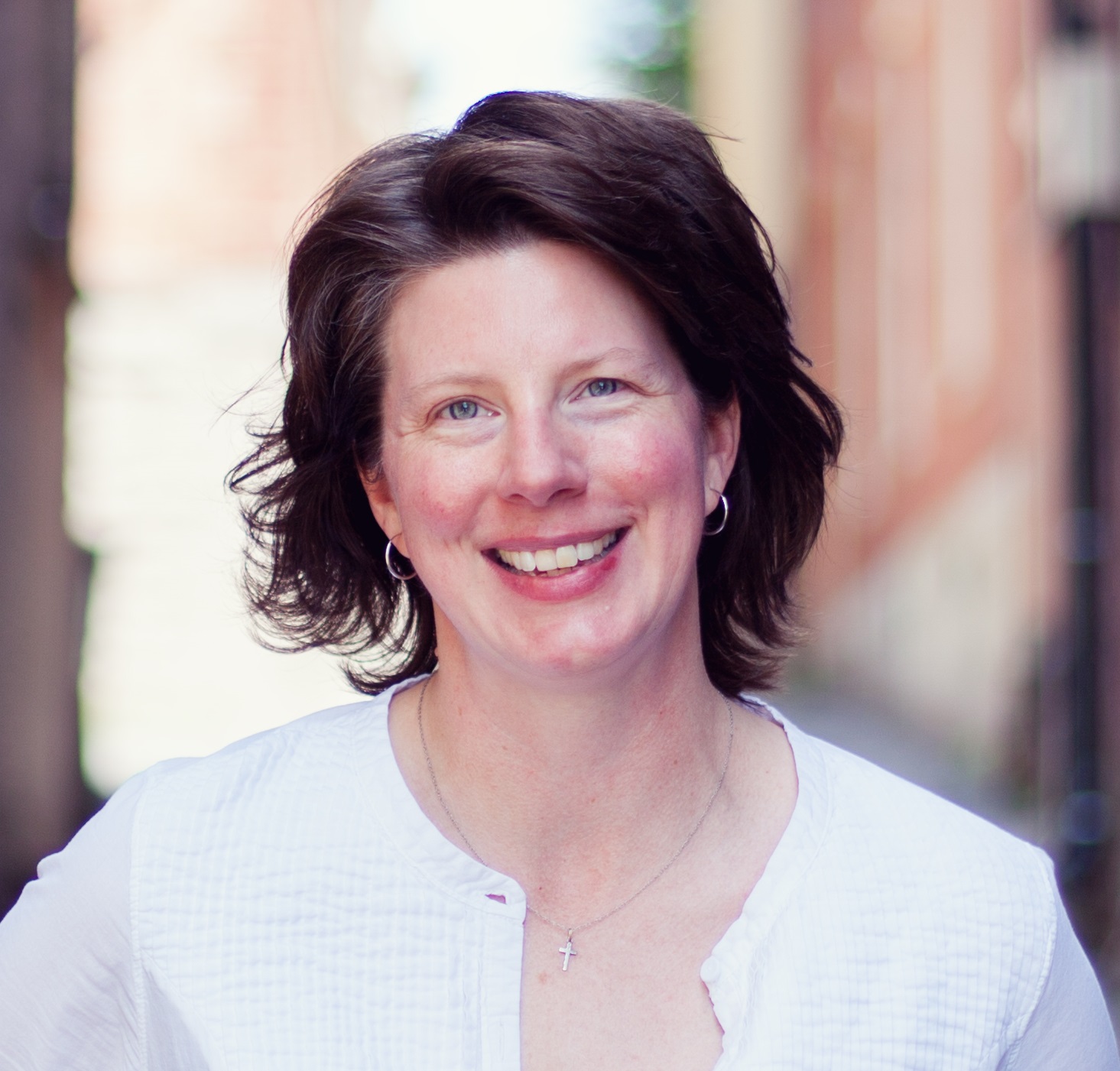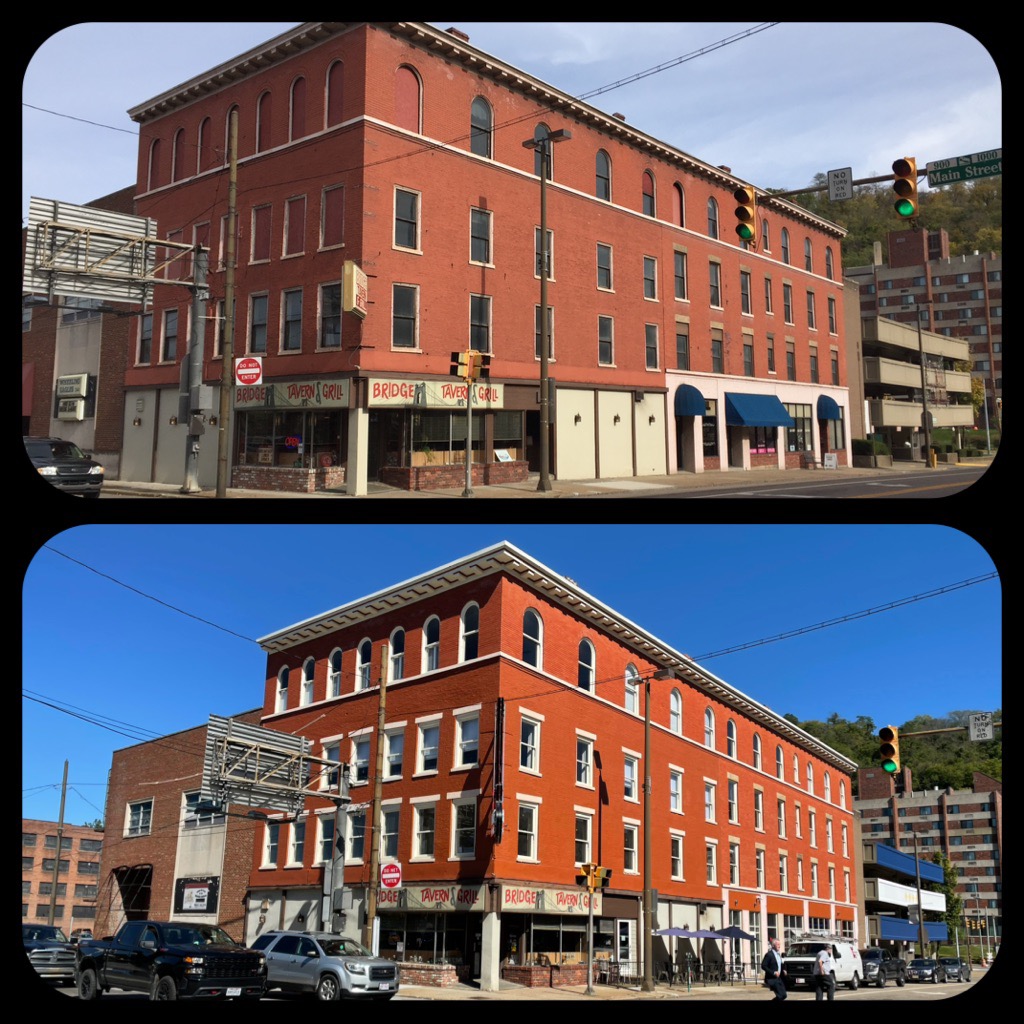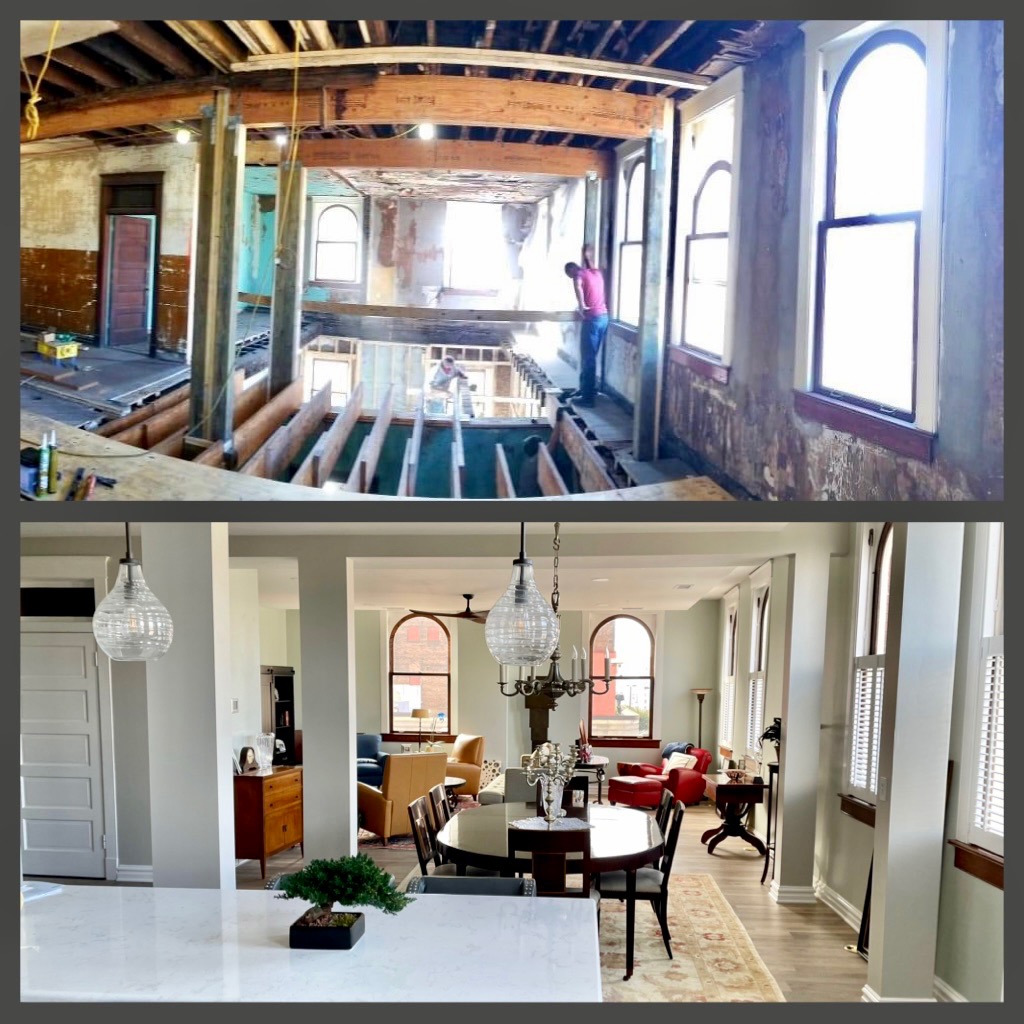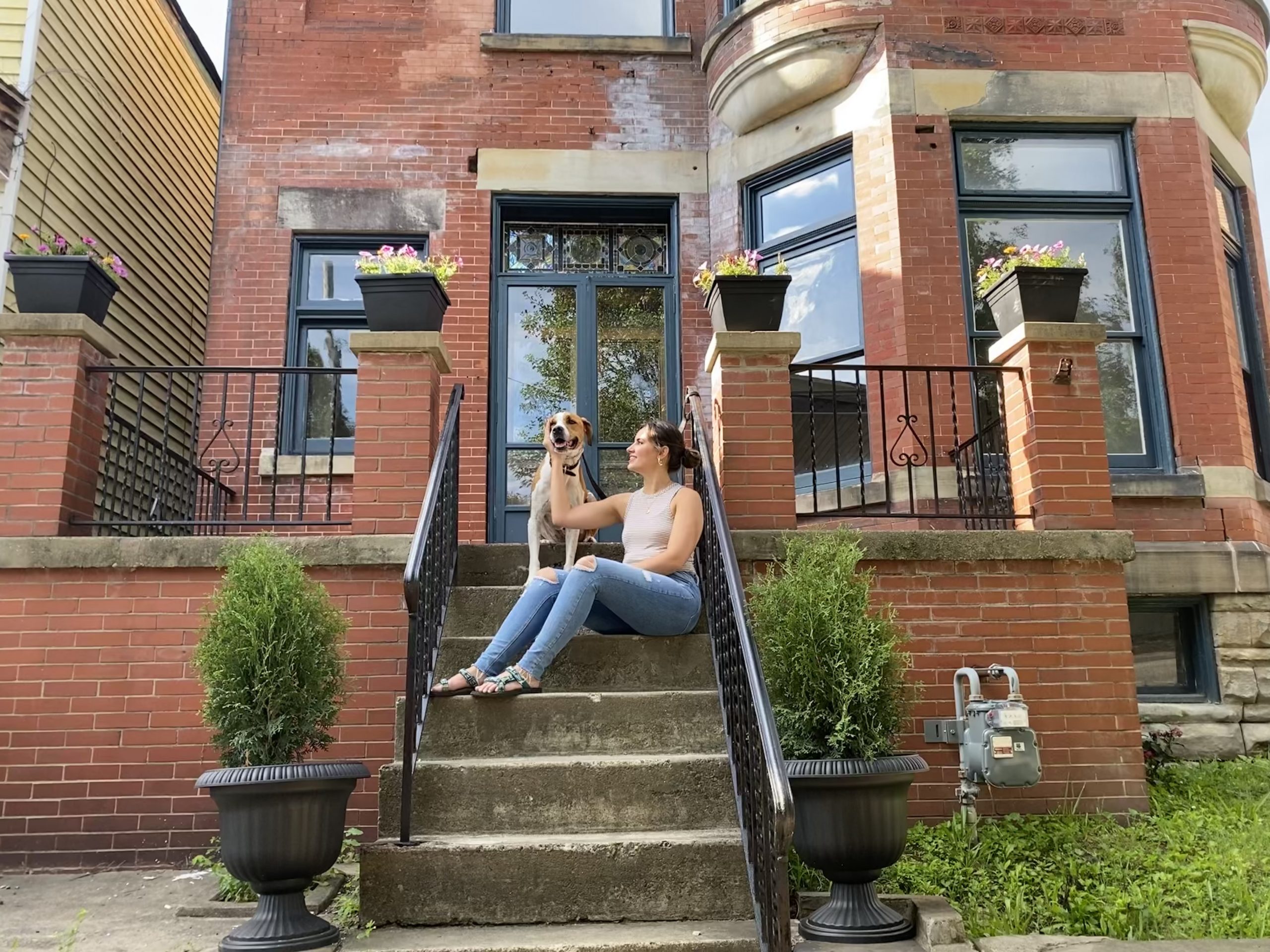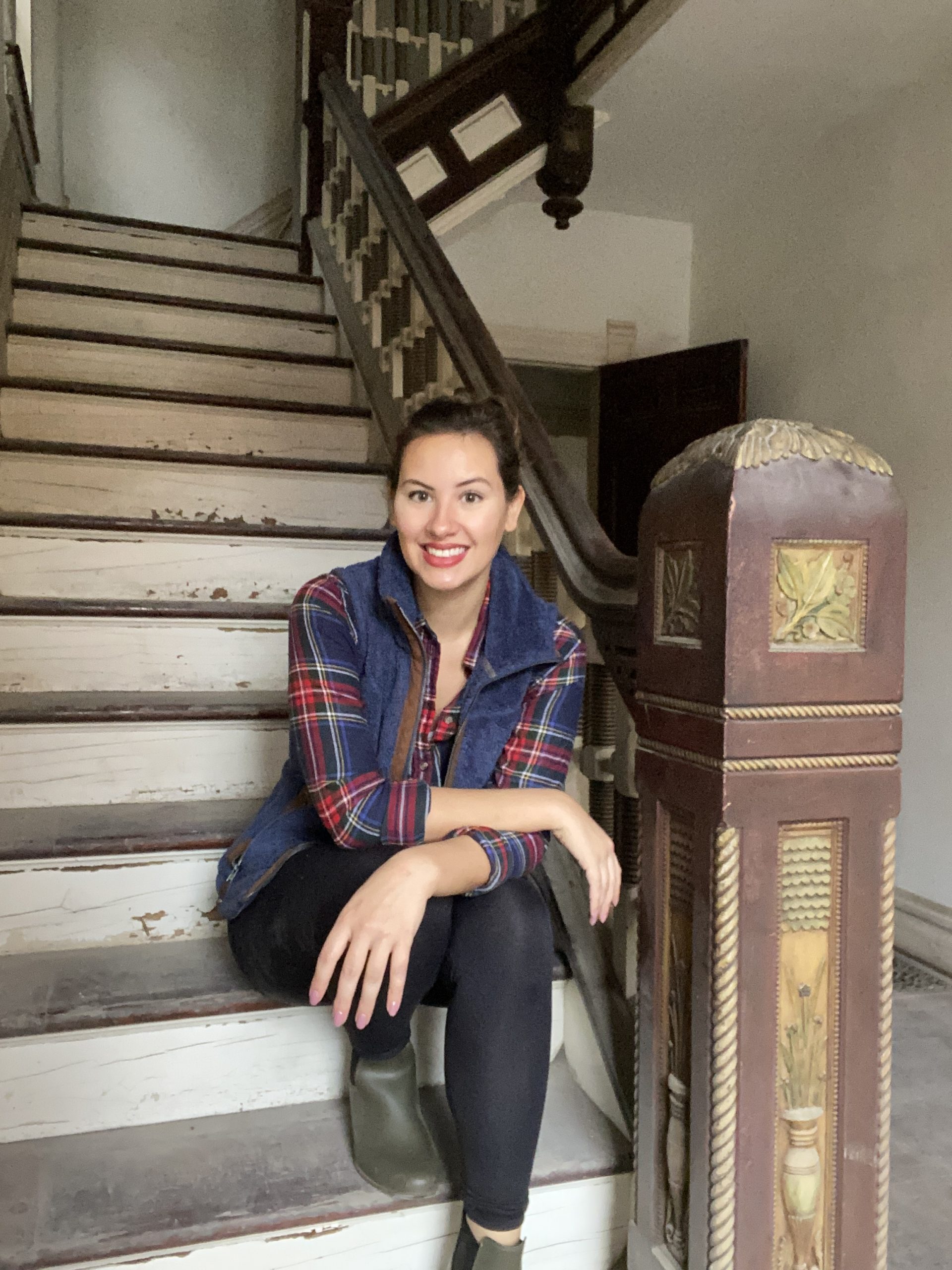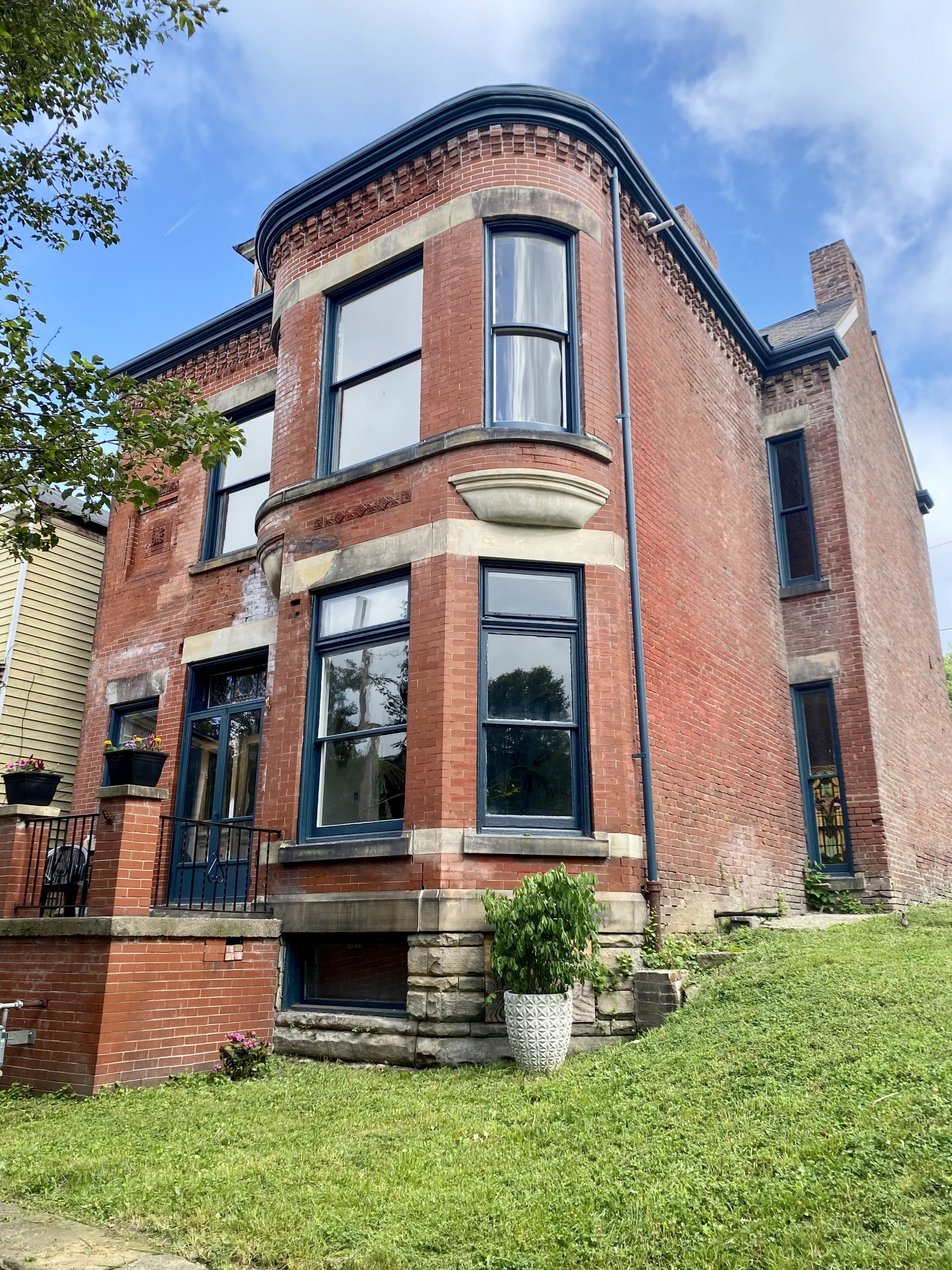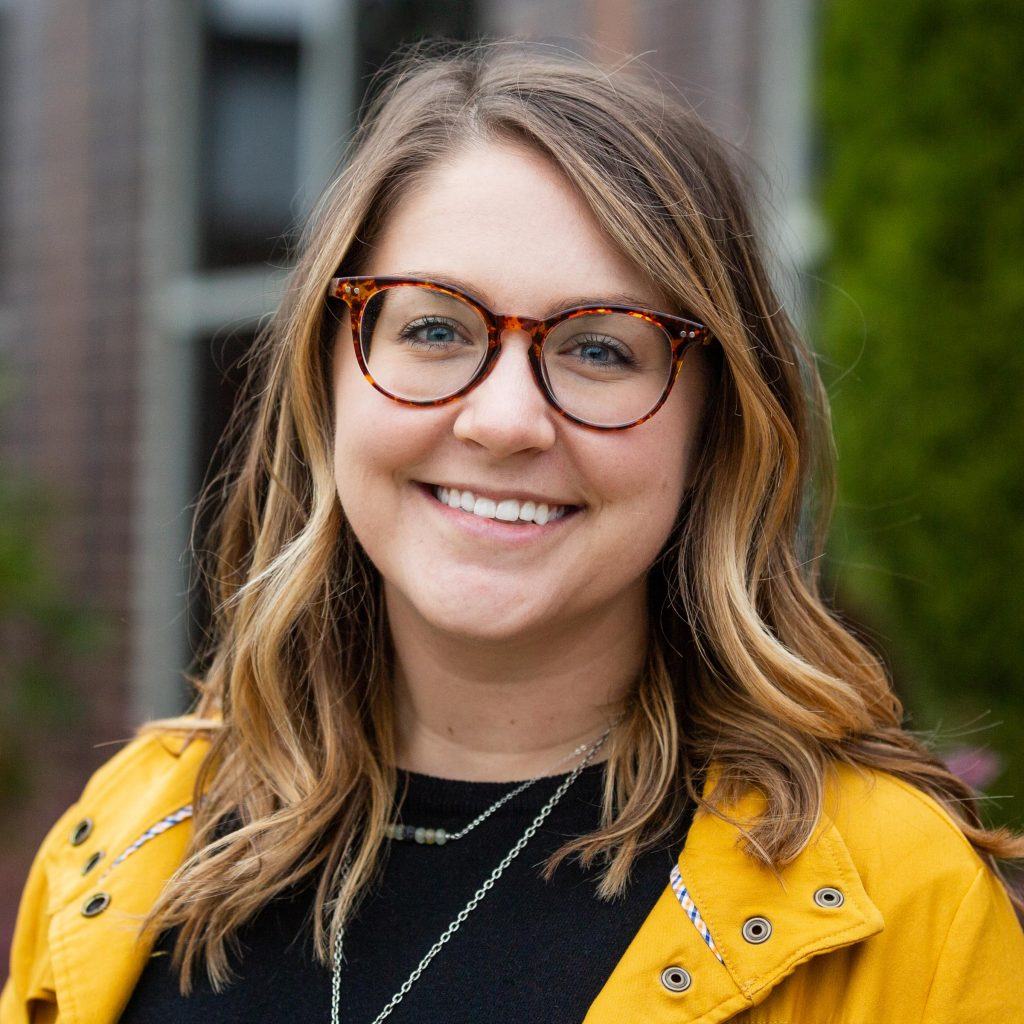May is designated as National Preservation Month, a time to recognize and celebrate historic places on the local, state, and national levels. This year’s theme for National Preservation Month is “People Saving Places” to recognize those working to keep these sites from falling into continued decline.
As the city of Wheeling gains a reputation for its dedication to preserving its historic architecture, several women have taken instrumental roles in moving those projects forward.
From research to financing to architecture to trades, local women have shown that the historically male-dominated field of preservation has plenty of opportunities for anyone with interest and dedication.
The roads they traveled to their chosen career paths differ, but they agree one must have a genuine appreciation for history and perseverance to be successful in the field.
Wendy Scatterday, Architect
Wendy Scatterday, sole proprietor of Scatterday Architecture, said she dreamed of becoming an architect having been influenced by Wheeling’s architecture and with trips as a young girl to places like the Biltmore Estate in Asheville, N.C.
“In my day-to-day life, I’m usually the only woman in the room, and that’s OK,” Scatterday said. “But the workforce is changing. There are more women in the trades too, but that takes some time.”
She recently worked with the Carl family to preserve the Bridge Tavern Building at Main and 10th streets by using the Historic Tax Credit program.
She said the project is “a love story of their family and their love of Wheeling.” Scatterday continues, “I’m most proud of the fact that we were able to adapt the original use and layout to repurpose and transform the spaces into rooms and areas that meet today’s practical needs while honoring the original character-defining elements and qualities of the building. The original details and materials are special and with the rehabilitation, they have been returned to their original luster.”
The former hotel – with views of the Wheeling Suspension Bridge and Capitol Theatre, has converted the upper floors of the building into apartments and office space while retaining the well-known restaurant on the first floor. The Bridge Tavern has quickly become a Downtown hotspot thanks to its friendly service and lively atmosphere.
“There is definitely a time and a place for new construction … but there is something really special about rehabbing a place and it living on in the future,” she said.
Christina Schessler, Architect
Likewise, Christina Schessler, senior architect at McKinley Architecture and Engineering, found an appreciation in history early on, helping her family restore an old cabin.
Historic buildings have a lot more interesting details, she said. “Old construction methods are what I find most interesting.”
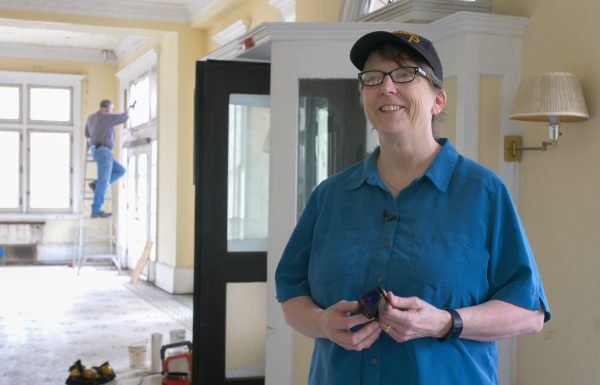
The Stifel Fine Arts Center is among her projects. Within the Oglebay Institute, the project must comply with the National Park Service.
“It’s nice that it’s that type of entity, because they really care about the building and the image they put out in the community,” Schessler said.
When Schessler graduated from Penn State, the architecture class had more women than it had ever had. Still, in her career, the field is predominantly male.
The biggest challenge is making sure people hear you.
“Over the years, it’s gotten easier to talk over people when they are talking over me,” she said. For those interested in the field, “learn as much as you can about construction and working with people. It really just takes perseverance, I think.”
Kellie Ahmad, Historic Preservation Specialist
While Scatterday and Schessler’s work focuses on preserving entire buildings, Kellie Ahmad is honed into the finer details of preservation work. She’s the co-owner of Rust Belt Restoration LLC, a small-scale restoration company that specializes in interior finish carpentry, stained glass restoration, and wood window restoration.
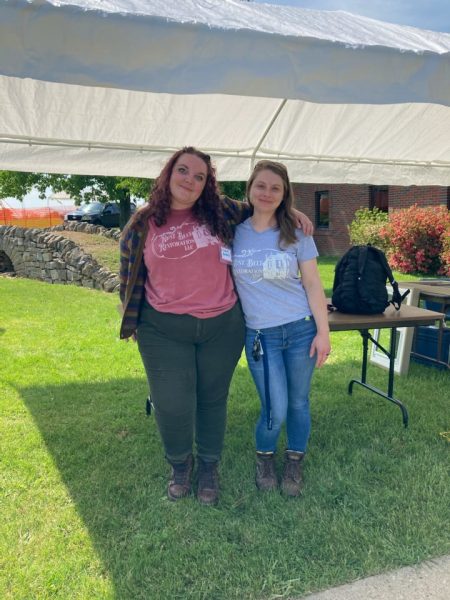
Ahmad is originally from Virginia but found herself planting roots in the Ohio Valley after graduating from Belmont College’s building preservation and restoration program and seeing the opportunity to do what she loves while being her own boss.
READ MORE: Local Preservation Program Makes a National Impact
According to Ahmad, co-owning her business gives her the flexibility that most traditional jobs can’t offer. “I like that the projects are always changing. I get to have some creativity, make my own schedule, and work on things with my hands. So, it really checks a lot of boxes for me.”
While it’s true that the construction industry at large is a traditionally male-dominated field, Ahmad notes that she has noticed more gender diversity among her preservation-focused colleagues.
“I think it does draw in more women for the creative and practical aspects. In fact, I was just at a conference and would say it was a pretty even split of men and women both in attendance and presenting.”
Ahmad continues, “it can be intimidating to do something that is traditionally seen as fairly masculine, but you can really put a feminine twist on it.”
Rebekah Karelis, Historic Preservation Specialist
Like Ahmad, Rebekah Karelis is a Belmont College Building Preservation graduate who is using her specialized skillset to restore some of Wheeling’s most iconic buildings. She currently serves as director of historic preservation for Roxby Development.
As a child, she channeled a love of history into archaeological digs in her backyard. “Indiana Jones was a big influence,” she said.
That changed, however, when she spent time on an archaeological dig in college where they didn’t find a thing.
While pursuing a master’s degree in public history at West Virginia University, Karelis was introduced to the Building Preservation and Restoration program at Belmont College and was drawn to the hands-on aspect of the trades.
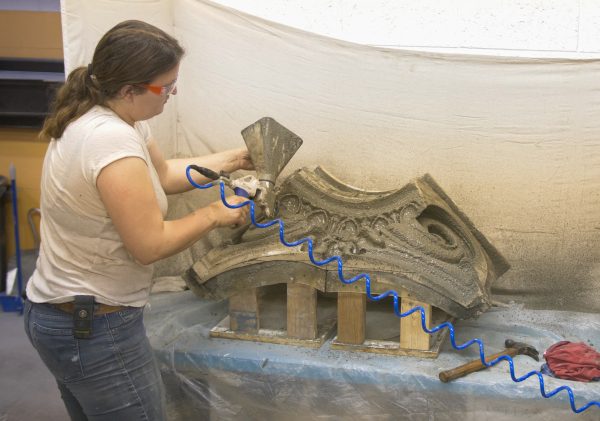
She remembers the first time she crossed the bridge into Wheeling. “It was just like being in a preservation daydream.”
Since then, she said, Wheeling has changed a great deal with an increasing number of preservation projects.
One of her favorite projects, she said, was working to conceal a sprinkler system in the Oglebay Mansion.
“It was really neat to brainstorm least harm to this historical structure,” she said. “We had to put it back together like we were never there.”
Karelis encourages people to listen to themselves.
“My path took me on a little strange, meandering way,” she said, noting she wouldn’t have given up her academic career. “College is important, but it’s not necessarily for everyone. You can go into any of the trades – not just historic preservation – and end up making just as much money sooner.”
It’s important to seek out people who share your interests, she said.
“Find a mentor,” Karelis said. “Find someone who is doing what you like to do or what you think you’d like to do … and learn as much as you can.”
Heather Slack, Preservation Finance Specialist
Preservation financer Heather Slack also credits solid mentorship for her success as a broker for several large and small-scale preservation projects in Wheeling and beyond.
While rehabilitating her own building, she did the tax credits for the project on her own which gave her a crash course into the intricacies of using historic tax credits. When her project took an unexpected turn that led her to be upsidedown on the property, she looked to investors to get the project back on track. One such investor – Steve Coon – took on the project and encouraged her to dive deeper into preservation financing.

Throughout this experience and thanks to Coon’s encouragement, Slack gained a clearer vision of how she can best utilize her skills in the preservation space. She has since gotten away from property development and now acts as a broker for historic development projects.
As a broker for large projects (like the Wheeling-Pitt lofts), she acts as a negotiator between developers and investors to help get projects funded while ensuring they are profitable. On smaller projects, Slack acts as a consultant and writes tax credit applications for developers and follows the work to ensure the projects adhere to the Secretary of State’s standards for rehabilitation. This role still allows her to be involved in some of the more creative aspects of historic preservation – like design review – while also working on the more practical side to ensure these buildings get the funding necessary to ensure the projects get completed as planned.
Today, Slack is based in Pittsburgh, but her heart (and work) are in Wheeling. A few of her favorite projects that she’s helped broker include the Wheeling YWCA, the former Kaufman’s building, the former Berry Supply building, and most recently – the former Columbia Gas building.
For other women wanting to break into the traditionally male-dominated field of finance, Slack emphasized the importance of finding a good mentor.
“The best thing you can do is find someone you know, like, and can act as a mentor to teach you the way,” said Slack. “One of the best pieces of advice I received came from my friend, Brian Joseph, who said ‘ if you aren’t getting what you want, you are just knocking on the wrong door.’”
Betsy Sweeny, Architectural Historian
Betsy Sweeny, director of heritage programming for Wheeling Heritage, echoes the same sentiment as others – that mentorship can be a key to opening new doors in the preservation field.
“A lot of us are waiting for that younger person that is interested in learning to do what we do,” she said. “We have such a wonderful network of professional women in the area, that the best thing is to reach out to someone whose job appeals to you and learn from them.”
In her role, Sweeny helps with background research and technical assistance for owners of Wheeling’s historic buildings, and explains what types of incentives are available for preservation projects.
“I loved history, but I didn’t care about the people and the dates,” she said. “From the beginning, I wanted to explore buildings. I wanted to see what was upstairs in the museum, what was behind the velvet ropes saying “no entry”.
Since joining Wheeling Heritage in 2019, she said she’s seen an increased interest in Wheeling.
“I’ve seen a staggering number of people who have no connection to the area reach out with questions about Wheeling, and how they can restore an old house or building here,” she said. “There’s a quality of life that’s unattainable in many parts of the country.”
With that feels like an endless supply of historic properties in need of restoration, there is more than enough room for everyone at the table who wants to be a part of
“I think there’s a slice of it for everyone,” said Sweeny. “I am so proud to count myself among the women doing it here.”
So, whether you are interested in finance, project management, hands-on preservation work or somewhere in between, there are opportunities across industries that are waiting for the next wave of preservation enthusiasts.


